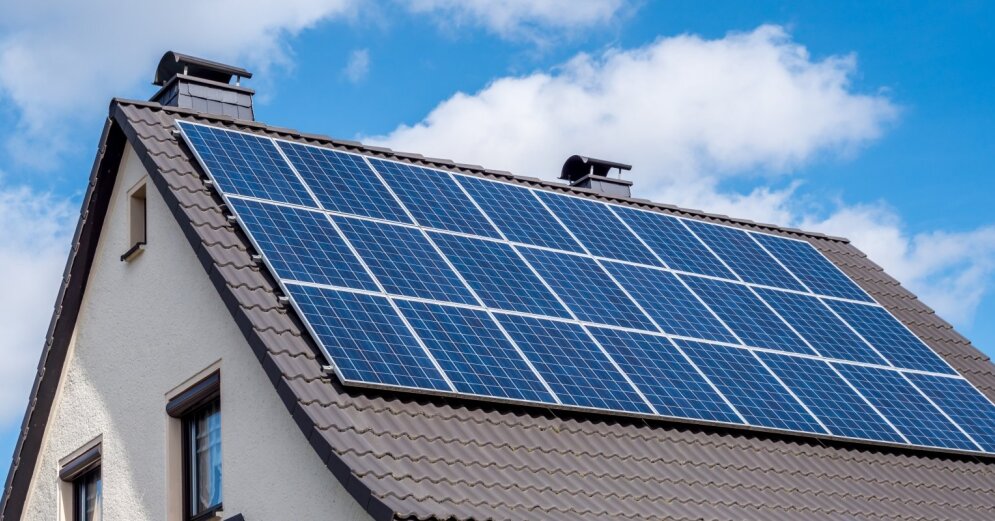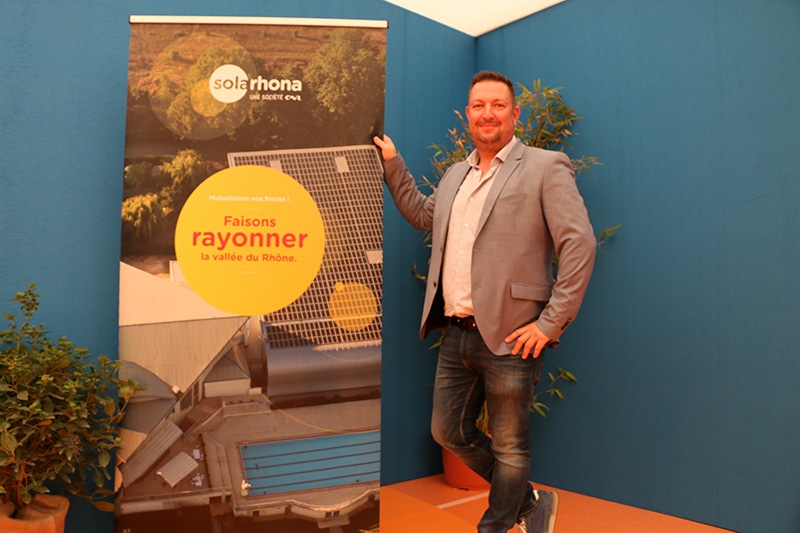In Latvia, microgeneration, or self-generation of electricity in households, continues to develop rapidly, mainly using solar panels. This week the total AS “Distribution network“The number of connected microgenerators has reached 10,000, with a total capacity reaching 80 megawatts (MW). With this capacity, on a sunny summer day, it is possible to produce the amount of electricity that corresponds to about 10% of the total daily electricity consumption in Latvia.
The content will continue after the announcement
Advertising
The year 2022 has become a turning point in the development of renewable energy resources (RES) in Latvia, the pace of development of microgeneration is particularly significant. At the end of 2021, about 2,000 microgenerators were connected to the “Distribution network”, currently five times more. As a result, this year, in less than 10 months, the total number of microgenerators has increased by 8,000 units.
“Among the Baltic states, we have been a leader in the development of renewable energies for many years, but this year already in the first half of the year we surpassed Estonia in terms of microgeneration development and we are continuing this rapid rise. sprint distance marathon course. The watchwords for this milestone are cooperation and digitized processes. Collaboration between the electricity distribution operator, customers and ministries who have prepared state support programs for the installation of solar panels , while a fully digitized process of microgenerator linking has enabled us to record consistently high processing speeds for each recently submitted microgenerator connection application, “says Sandis Jansons, chairman of the board of” Sadales Nettas “.
99% of the microgenerators connected to the “Distribution Network” are directly solar panels. The data collected by the company shows that the greatest interest in domestic self-generation of electricity by installing solar panels is among customers in the counties of Riga and Pierīga. The largest number of solar microgenerators – around 1020 with a total capacity of around 8.2 MW – were installed in the Mārupe district, followed by Riga with 860 microgenerators (total capacity of around 6.9 MW), and by the district of Ropaži with 660 (total capacity of about 5, 6 MW).
Interest in the development of power plants also continues in Latvia. In August of this year, a record number of requests for connection to power plants were received in the “Sadales network”: 214, but this record was broken as early as September with 274 requests. Currently, around 1,100 MW of generation capacity have been reserved for the “Distribution Network” for future power plants, and less complex projects could be completed by the summer of 2023, the overall production capacity of which could reach 200 MW, significantly increasing the share of solar production in the country’s total energy portfolio.
Electricity it is possible to connect a microgenerator or a power generation device with a capacity of up to 11.1 kilowatts (kW), as well as a power plant with a capacity of up to 14.999 MW, to the infrastructure of the distribution operator.


